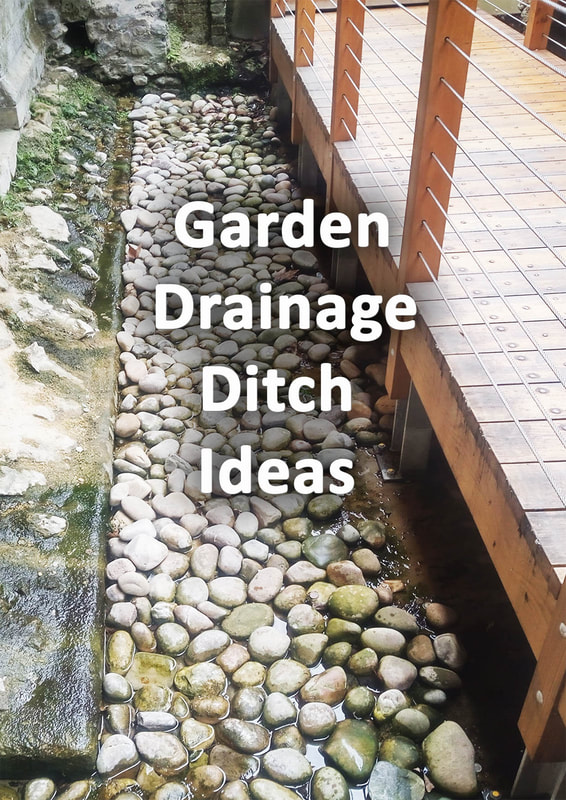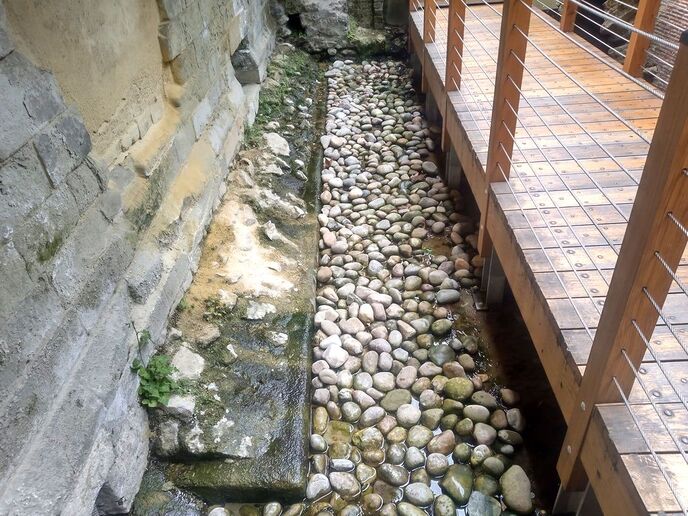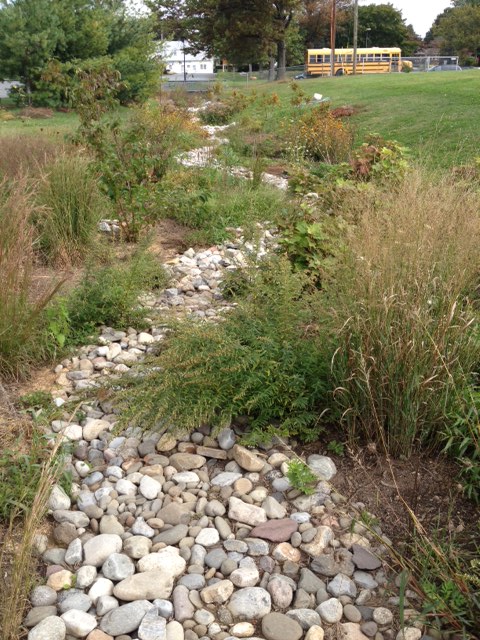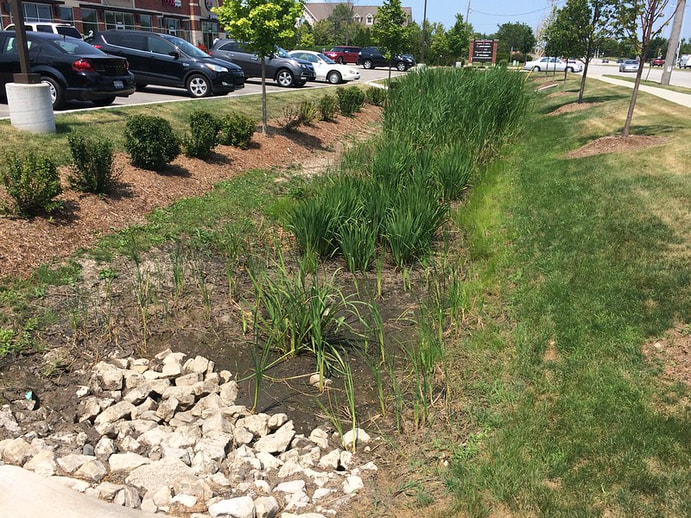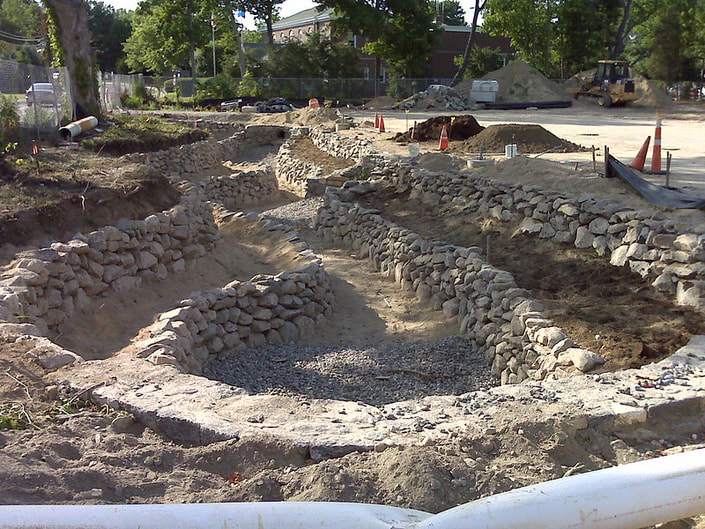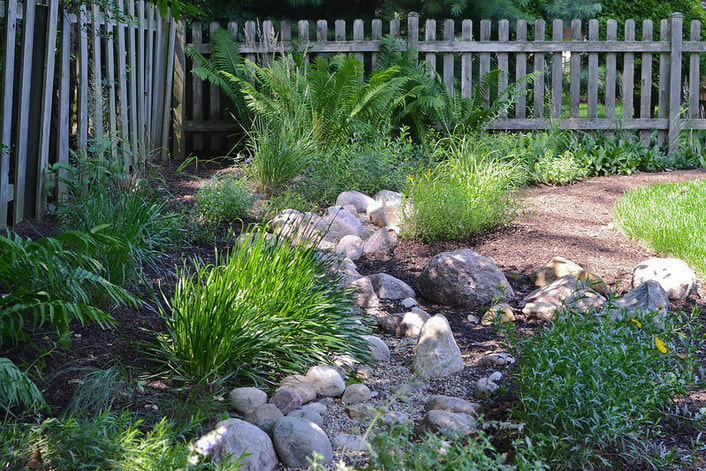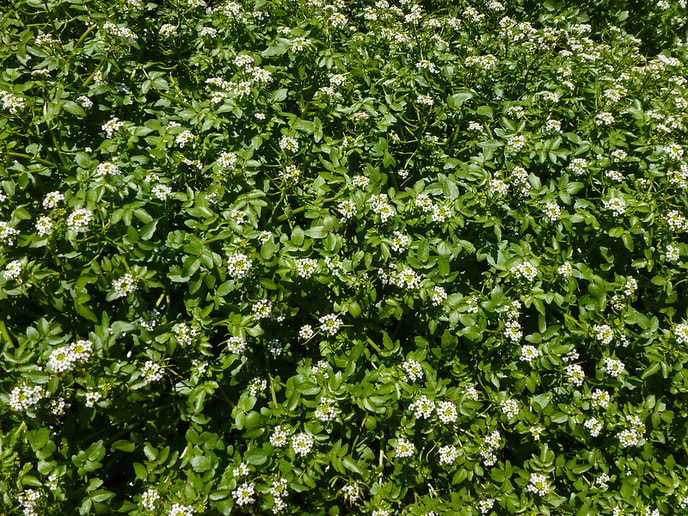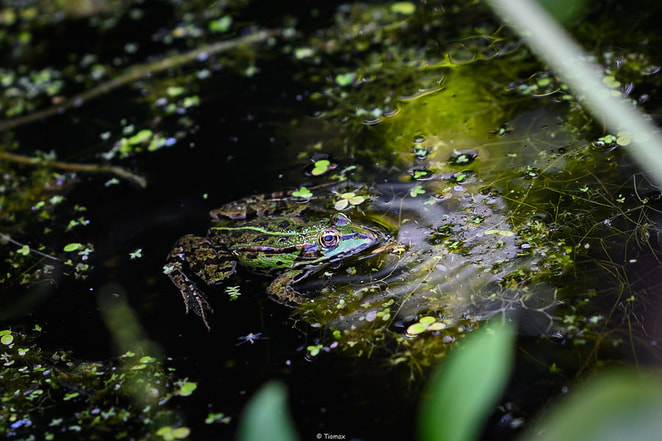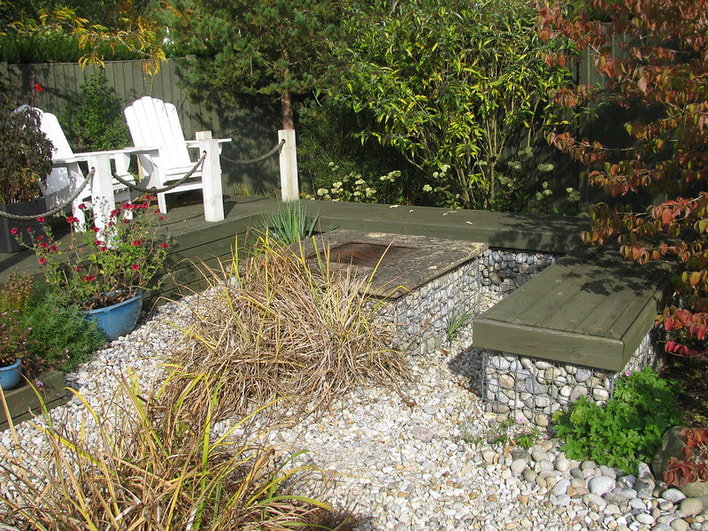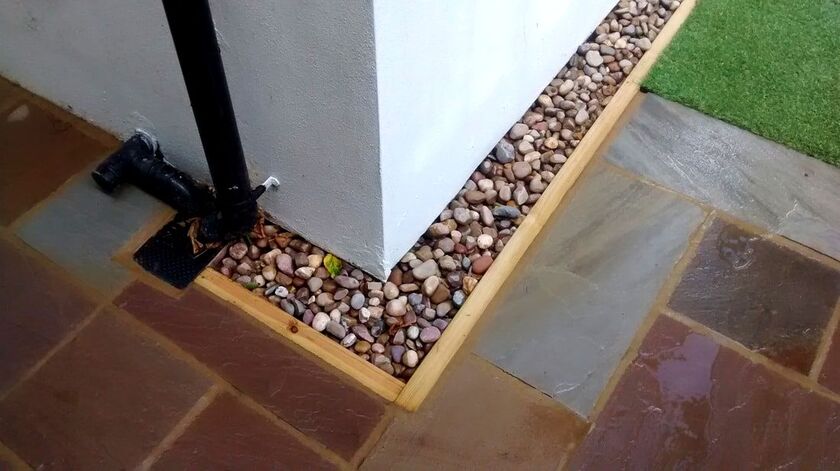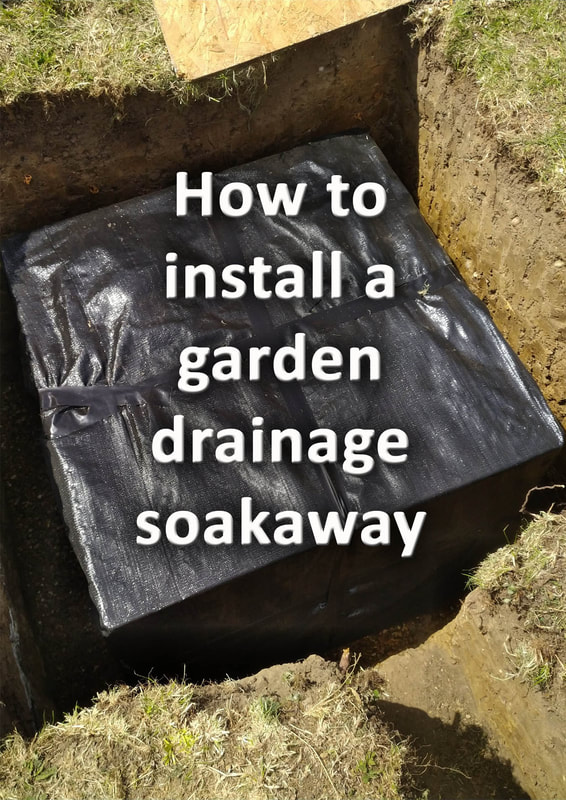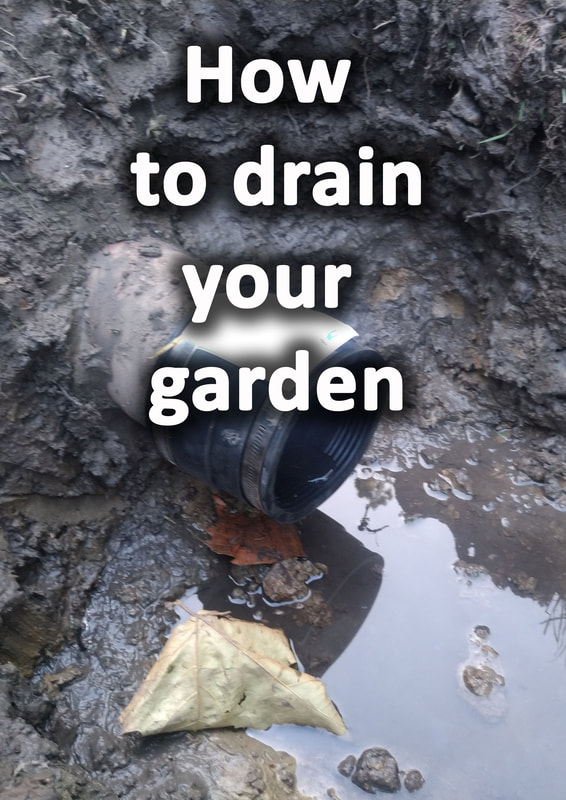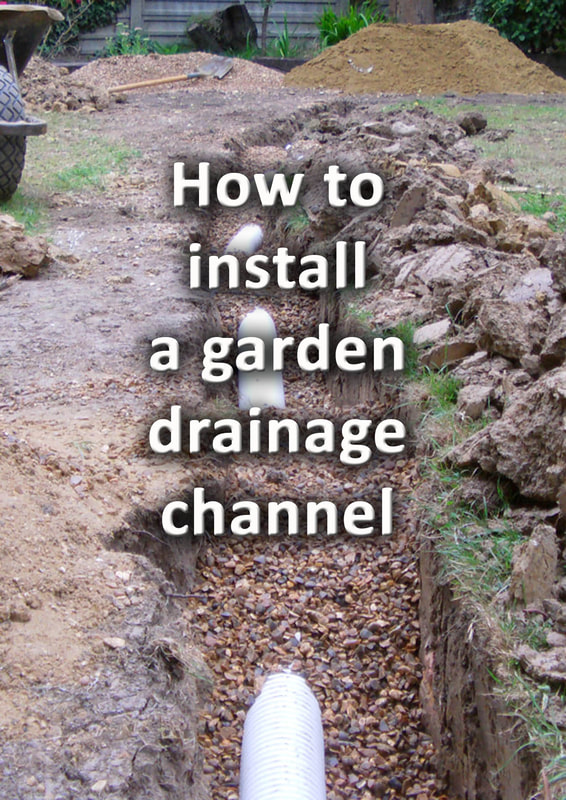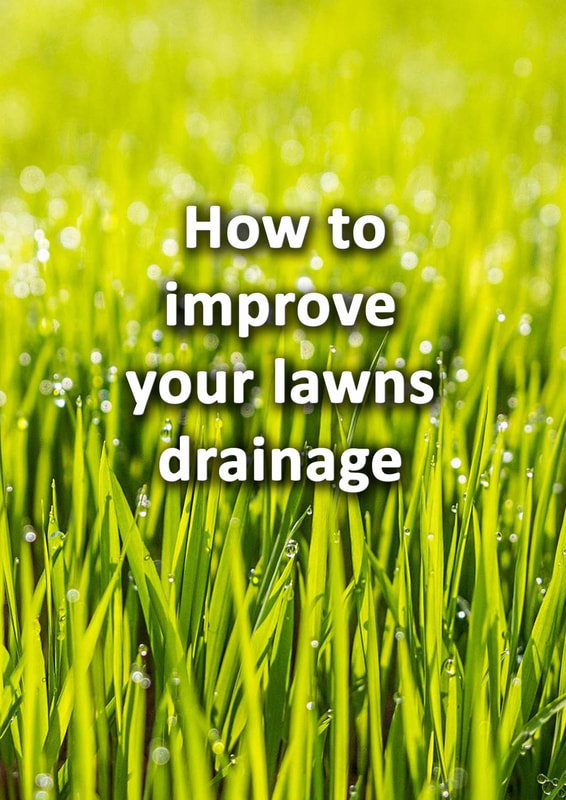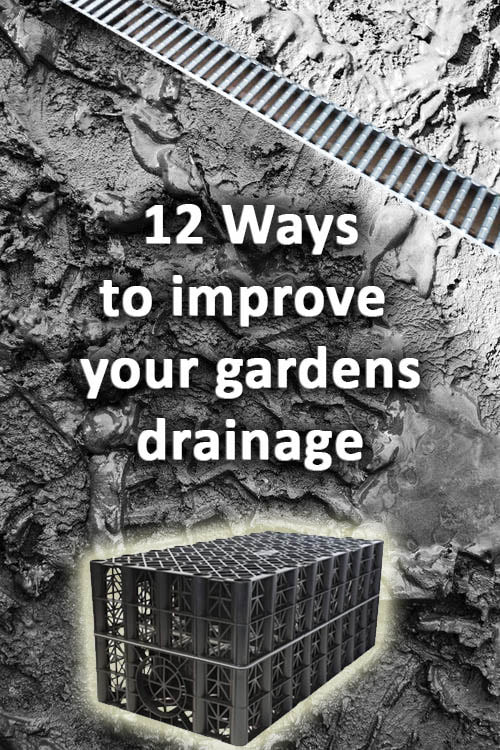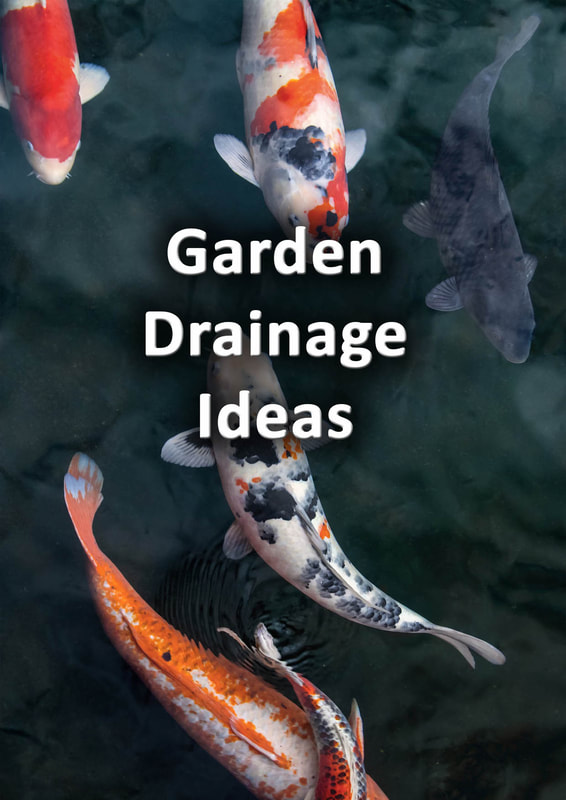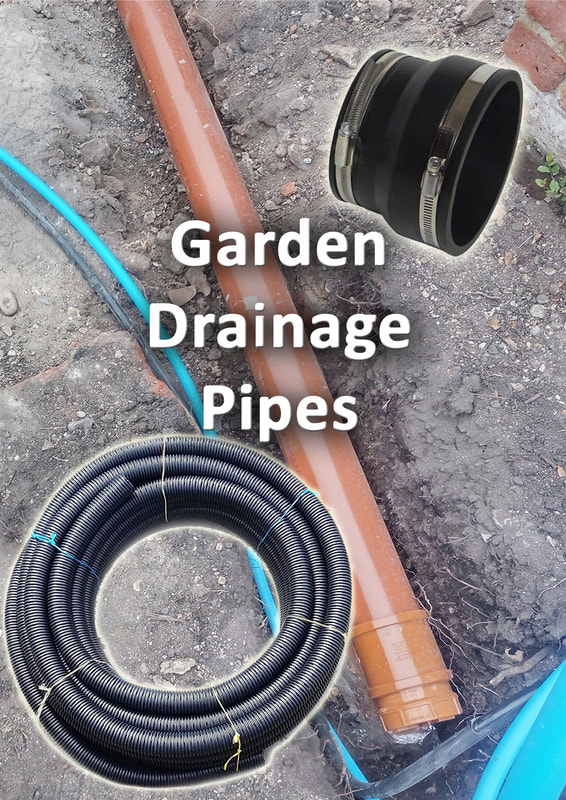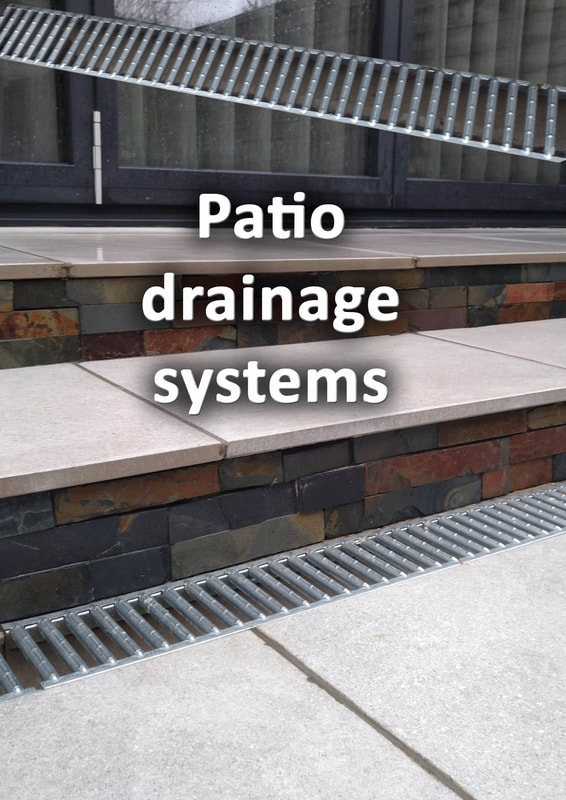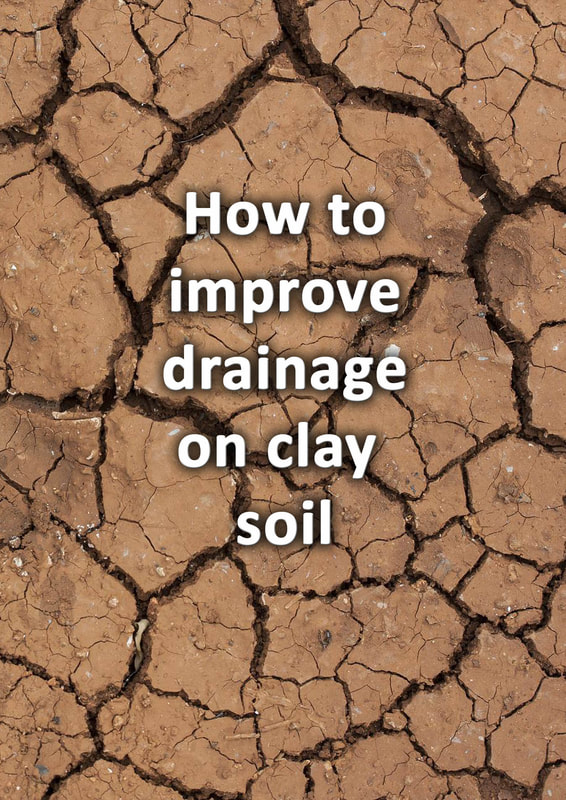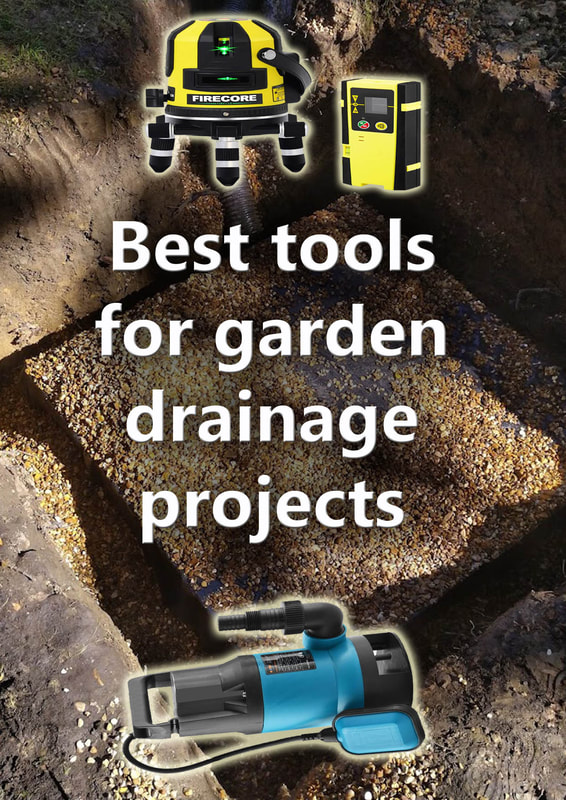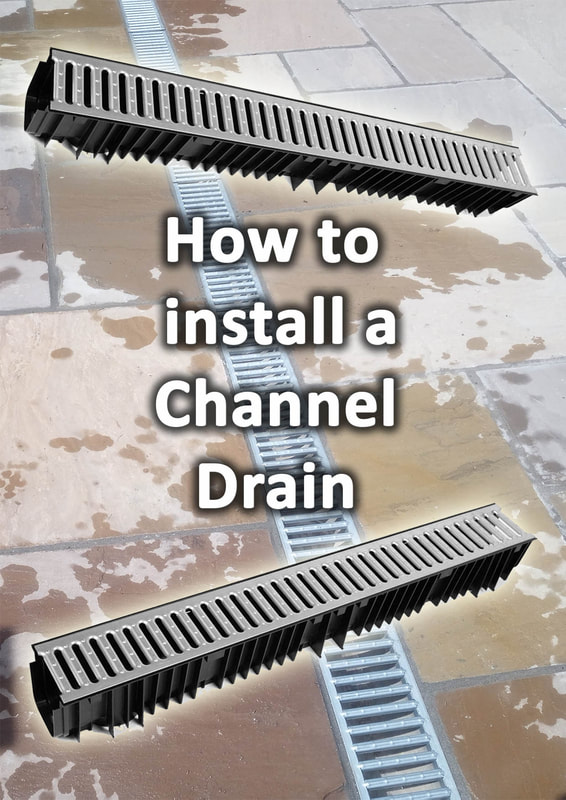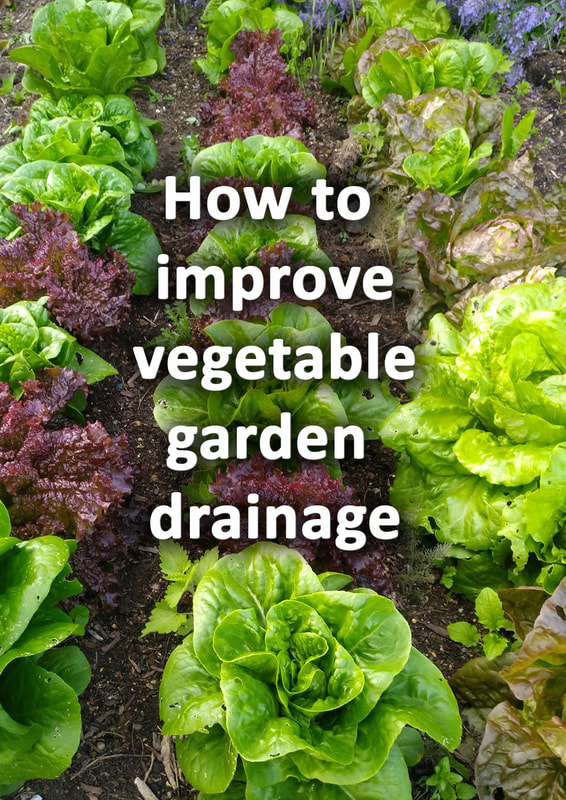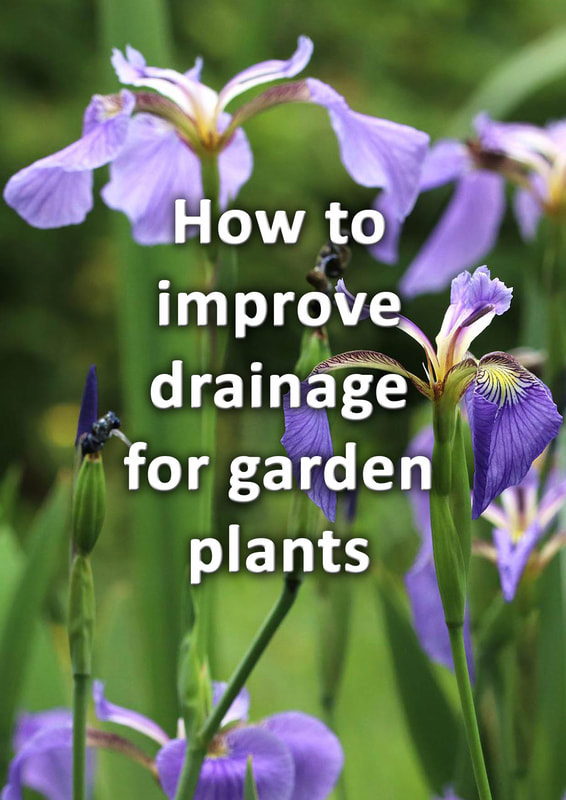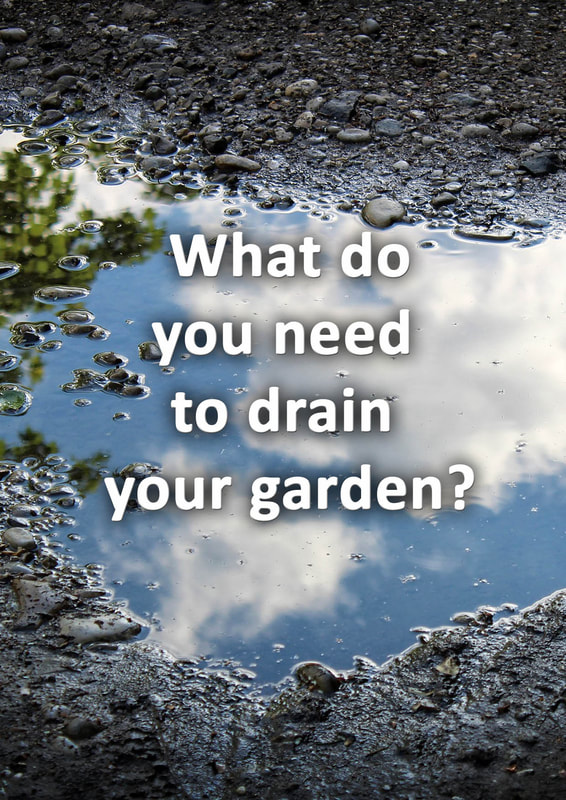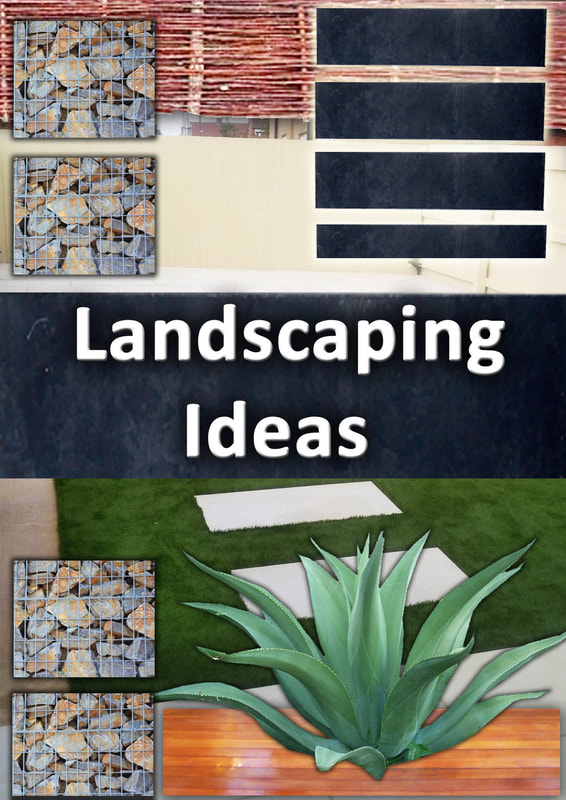|
This article contains affiliate links
Drainage ditches come in a wide variety of sizes and specifications.
Their primary purpose is to collect and direct the flow of excess rain water. Many sustainable drainage regulations require surface water not to be channelled into the public drainage network. This can lead to local drains becoming overwhelmed during times of heavy rain. Surplus run off can consequently wash pollutants into natural watercourses and poison ecosystems. Therefore there is an ever increasing need for garden, drainage, ditches to absorb water naturally and slowly. The only problem is, traditional drainage ditches rarely look very appealing! Here we have listed and described 10 drainage ditch landscaping ideas so garden drainage features can be both functional and beautiful. 1. Cobble moats
Cobble moats are drainage ditches which have been landscaped to look like a feature. Ditches are sculpted with gently curvaceous edges and lined with large natural cobbles. The great thing about cobble moats is they provide an interesting visual texture to conventional ditches. Moats can be lined with pond liner so the naturally retain some water for a natural look. Cobbles can be heaped up loosely or set into mortar. 2. Dry river beds
Forming your drainage ditches into shallow, dry, river beds can look extremely effective. This is especially so if you incorporate them into dry, arid or Mediterranean themed gardens. Drainage ditches can have central plunge areas lined with pond liner. This allows them to carry channelled water around a wetland feature in times of heavy rain. Such ditches can replicate sediment movements by laying down various sized gravels and rocks in organic patterns. 3. Bioswales
Bioswales are landscaped drainage ditches which form ecological wetland habitats. The aim of conventional bioswales is to absorb polluted urban storm water runoff. Such water can be polluted with animal waste, engine oil, dangerous metals and other chemicals. However many wetland plants have the ability to clean such toxins within fresh water habitats. In a garden setting bioswales can become attractive, wetland, habitats favourable to wildlife. 4. Seasonal flooding ponds
Seasonal flooding ponds were once a very common habitat before the age of modern agriculture. These ponds are low lying depressions which only fill in times of heavy rain. There are many specialised species of insect and invertebrates which rely solely on these seasonal habitats. A simple way to turn a ditch into a seasonal flooding wetland is to make it wider and deeper. The pond can then be sown with wetland meadow mix or landscaped with marginal plants. 5. Rain gardens
Rain gardens are landscaped gardens which celebrate the flow of channelled rainwater. Typical rain gardens will divert roof guttering into aesthetically landscaped channels. These fill up and provide interest and movement during periods of heavy rainfall. Rainwater can be run across small aqueducts and water features for added theatre. Most rain gardens consist of small gravel streams which feed low lying flower borders. 6. Water cress beds
Did you ever think that a simple drainage ditch could produce food? Believe it or not there are certain crops which can actually thrive in drainage ditches. Watercress is well known for its hot mustard tasting greens which are great in salads! You will need to install a pond liner so your ditch retains some water. Then even shop bought watercress can easily be rooted in the water and on the banks. 7. Raising fish
Drainage ditches are the perfect starting point for creating fish ponds. The dimensions of ditches can be expanded and lined with pond liner to hold water. These can be engineered with high sides so they still maintain their drainage function. The new drainage ponds can be perfect for raising ornamental fish like Coy Carp. If you are into self sufficiency you can even raise fresh water mirror carp or catfish for food. 8. Retention ponds
In the same way ditches can be turned into fish ponds they can also be used as retention ponds. Retention ponds retain storm water runoff for later use in irrigation or simply kept for wildlife. As with any pond a conventional drainage ditch will need to be excavated to a larger size. Once the pond is waterproofed with liner, gutters and drainage pipes can then be plumbed in. Retention ponds can be beautifully landscaped with pebble beaches and ornamental plants. 9. Gabions
If you wish to landscape drainage ditches in a contemporary style gabions can be a great choice. These wire cages are typically filled with rocks to create bold, visual, textures. Gabions are normally used as walls and retaining features but can also create drainage channels. Drainage channels can be excavated to neatly fit gabion cages flush with lawns or other surfaces. These can then be lined with filtration membrane and filled with rocks and other free draining aggregates. Gabion drainage channels can look extremely clean and modern in a contemporary style gardens. 10. Gravel bordersGravel borders are a great way to create a junction between two outdoor surfaces. They are also fantastic at forming garden edging and mowing strips. Gravel borders can also become attractive drainage features using free draining gravels. This is particularly effective if French drains are incorporated within them. In such circumstances gravel borders can fulfil exactly the same function as drainage ditches. However gravel borders look much more aesthetic and can be installed using a wide variety of materials and aggregates. Garden drainage services & drainage contractors in Buckinghamshire
Buckinghamshire landscape gardeners are experts in garden drainage and provide a number of garden drainage solutions. Our garden drainage services include;
Our garden drainage services cover most of Buckinghamshire including:
Thank you for reading our article on drainage ditch landscaping ideas. Below we have linked to some other drainage articles you may find useful.
'As an Amazon associate I earn from qualifying purchases'
1 Comment
9/19/2023 03:59:05 am
Thank you for the wonderful landscaping suggestions for the drainage ditches! Which of these strategies do you think will work the best to stop erosion in your yard? Your recommendations have saved my life!
Reply
Leave a Reply. |
The Author
|
Landscaping services across Buckinghamshire, Amersham, Aylesbury & High Wycombe
Hyde Heath, Amersham, Buckinghamshire |
|
